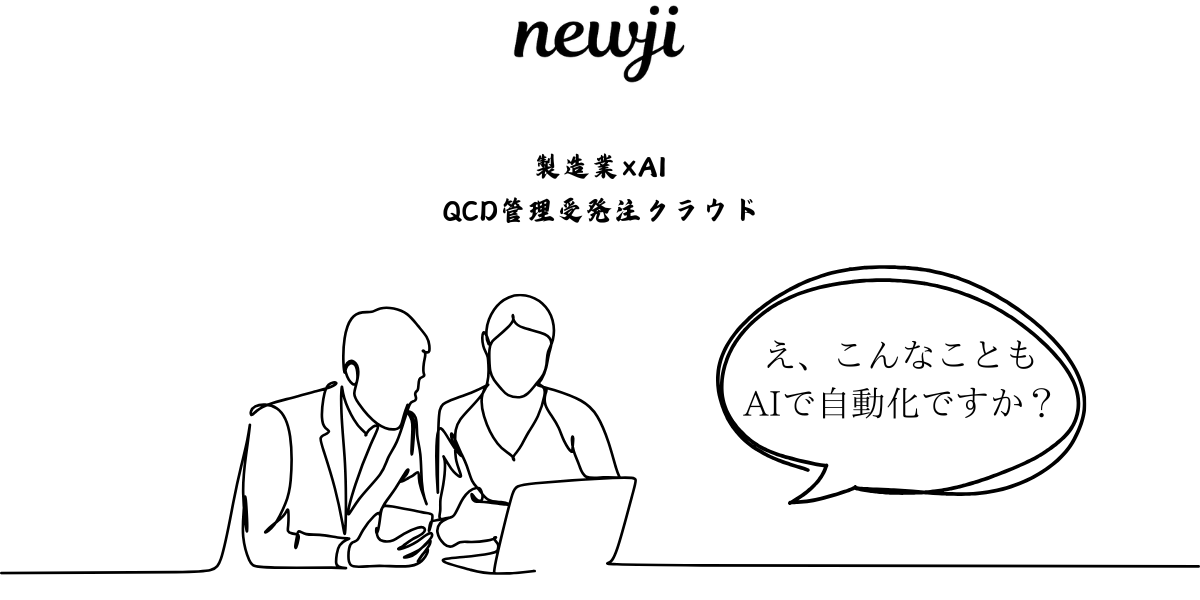- お役立ち記事
- Antenna basics and key points for antenna design and miniaturization
月間76,176名の
製造業ご担当者様が閲覧しています*
*2025年3月31日現在のGoogle Analyticsのデータより

Antenna basics and key points for antenna design and miniaturization

目次
What is an Antenna?
An antenna is essentially a device that transmits and receives electromagnetic waves.
It plays a critical role in wireless communication systems by converting electrical signals into radio waves and vice versa.
Antennas are used in a wide range of devices, from radios and televisions to smartphones and satellites.
Their ability to send and receive signals makes them indispensable in the modern world.
Types of Antennas
There are different types of antennas, each serving different communication needs.
Some of the most common types include:
Dipole Antenna
A dipole antenna is the simplest form of an antenna.
It consists of two conductive elements that are fed with a radiofrequency current.
Dipole antennas are often used in basic radio and television receivers.
Yagi-Uda Antenna
The Yagi-Uda antenna, commonly known as a Yagi, is a directional antenna consisting of multiple parallel elements.
This type of antenna is commonly used for television reception and amateur radio.
Parabolic Antenna
Parabolic antennas are well-known for their dish-like shape and are often used for satellite communications.
They focus radio waves into a small point, making them ideal for high-frequency applications.
Monopole Antenna
A monopole antenna is a variation of the dipole antenna, featuring a single rod-like conductor in which current flows.
It is often used in portable radios and walkie-talkies.
Antenna Design Considerations
Designing an effective antenna requires an understanding of several key factors:
Frequency and Bandwidth
The frequency at which an antenna operates is crucial.
Antennas are typically designed to work efficiently within a specific frequency range known as the bandwidth.
Different communication applications require antennas tuned to specific frequency ranges.
Gain and Directivity
Antenna gain refers to how well an antenna converts input power into radio waves in a specific direction.
High gain antennas provide better signal strength and longer communication ranges.
Directivity defines how focused the antennas can be to a designated direction.
Impedance Matching
Impedance matching is essential to ensure maximum power transfer between the antenna and the transmit/receive circuit.
Poor matching can lead to signal loss and inefficient performance.
Size and Form Factor
The size of an antenna depends on its operating wavelength.
Designers often face challenges in miniaturizing antennas for compact devices, such as smartphones.
Achieving optimal performance while reducing size is a complex task.
Antenna Miniaturization Techniques
The demand for smaller devices with powerful wireless capabilities has led to innovations in antenna miniaturization:
Dielectric Materials
Using high-permittivity dielectric materials in antennas is a common technique for reducing size without compromising performance.
These materials allow the antenna to resonate at lower frequencies while maintaining its form factor.
Planar Antennas
Planar antennas, such as patch antennas, are excellent for applications requiring compact designs.
They are often implemented on PCB substrates, making them suitable for consumer electronics.
Metamaterials
Metamaterials are engineered materials with unique properties, allowing antennas to achieve miniaturization and improved performance.
These materials enable the design of compact antennas with higher efficiency.
Fractal Geometry
Fractal designs in antennas leverage self-similar patterns to create a compact yet effective radiating structure.
Fractal antennas are known for their wideband capabilities in a smaller form factor.
Importance of Antenna Miniaturization
As technology advances, the need for smaller, more efficient antennas becomes more apparent.
Miniaturization allows for the integration of antennas into portable and wearable devices, such as smartphones, smartwatches, and fitness trackers.
Reduced antenna size also enables the proliferation of Internet of Things (IoT) devices, where space is often a constraint.
In addition, the urgent demand for more flexible and biomedical devices pushes researchers to innovate further in antenna miniaturization.
Conclusion
Antennas are at the forefront of modern communication technology.
They continue to evolve, becoming smaller and more efficient through innovative design techniques.
Understanding the basics of antennas, their design considerations, and miniaturization techniques is essential in a world that heavily relies on wireless communication.
With these advancements, we can expect even more sophisticated and compact wireless devices that keep us connected seamlessly.
 資料ダウンロード
資料ダウンロード
QCD管理受発注クラウド「newji」は、受発注部門で必要なQCD管理全てを備えた、現場特化型兼クラウド型の今世紀最高の受発注管理システムとなります。
 ユーザー登録
ユーザー登録
受発注業務の効率化だけでなく、システムを導入することで、コスト削減や製品・資材のステータス可視化のほか、属人化していた受発注情報の共有化による内部不正防止や統制にも役立ちます。
 NEWJI DX
NEWJI DX
製造業に特化したデジタルトランスフォーメーション(DX)の実現を目指す請負開発型のコンサルティングサービスです。AI、iPaaS、および先端の技術を駆使して、製造プロセスの効率化、業務効率化、チームワーク強化、コスト削減、品質向上を実現します。このサービスは、製造業の課題を深く理解し、それに対する最適なデジタルソリューションを提供することで、企業が持続的な成長とイノベーションを達成できるようサポートします。
 製造業ニュース解説
製造業ニュース解説
製造業、主に購買・調達部門にお勤めの方々に向けた情報を配信しております。
新任の方やベテランの方、管理職を対象とした幅広いコンテンツをご用意しております。
 お問い合わせ
お問い合わせ
コストダウンが利益に直結する術だと理解していても、なかなか前に進めることができない状況。そんな時は、newjiのコストダウン自動化機能で大きく利益貢献しよう!
(β版非公開)









